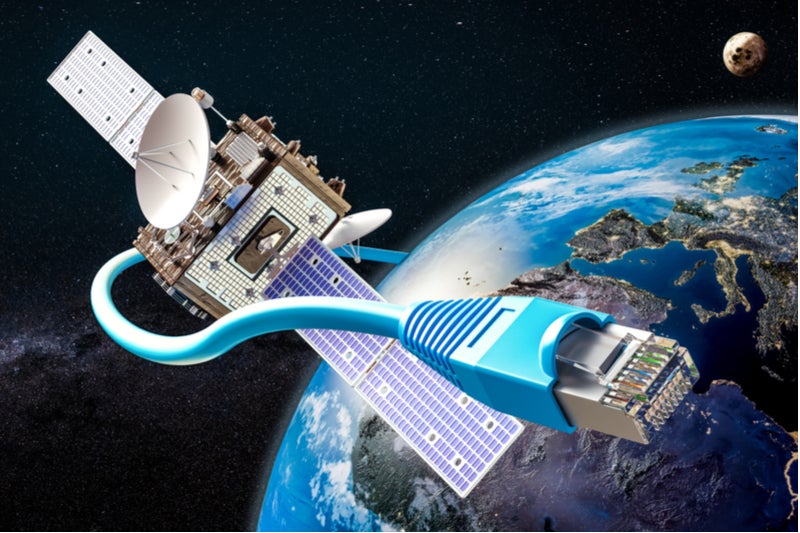
Elon Musk’s SpaceX is about to launch the first 60 satellites of its proposed Starlink satellite internet system into orbit this month, promising to shake up not only the world of satellite communications but also the market for business connectivity services.
Starlink internet plans
Rather than target the traditional home or business user, the Starlink constellation, which will number up to 12,000 satellites when it’s completed, will target the extremely lucrative financial services market, where milliseconds of delay in transmission may mean millions of dollars lost. But Musk’s satellite Internet plans, while perhaps not as ambitious as some others he has for SpaceX (like travelling to Mars, for example), will need to address a host of technological and business model challenges in order to succeed.
The technical challenges are numerous and daunting. In order to work, the connections between users and satellites will require a satellite transceiver “the size of a medium pizza” (according to Musk) which should cost around $200 and feature ‘beamforming’ technology that can steer the satellite beam from one point to another (moving) point without moving the antenna physically. Although the technology to do this exists (and is being developed for 5G mobile networks), no such devices are mass-produced today, and early devices will be well in excess of $200.
Another challenge, which faces all satellite technologies, is that it requires ‘line of sight,’ meaning that even a light fog or the leaf of a tree can interrupt communication. Of course, since there’s little to no atmosphere in space, line of sight should be fairly easy to establish between satellites. But those links may be vulnerable even in orbit – either to debris (which is abundant in low Earth orbit), incompetence (collisions with other satellites may release debris exactly at levels where Starlink will operate), or even malicious activity (releasing chemical agents or physical reflectors to disrupt links on purpose).
What may ultimately be the biggest peril for Musk’s space Internet is that even with 12,000 satellites (several orders of magnitude more than any other satellite communication system currently in operation), Starlink’s system capacity will never be enough to support more than a small fraction of global Internet usage. Even for high-speed traders, its advantages only become apparent over extremely long distances, like between New York and Singapore. Developing a business model for a global network with a myriad of satellites that relies on a very small number of potential users with a compelling need for it will be a serious challenge. Starlink may need to attract many other kinds of users once it’s up and running; otherwise, Elon Musk’s satellite dreams could come crashing back down to Earth.
How well do you really know your competitors?
Access the most comprehensive Company Profiles on the market, powered by GlobalData. Save hours of research. Gain competitive edge.

Thank you!
Your download email will arrive shortly
Not ready to buy yet? Download a free sample
We are confident about the unique quality of our Company Profiles. However, we want you to make the most beneficial decision for your business, so we offer a free sample that you can download by submitting the below form
By GlobalData






